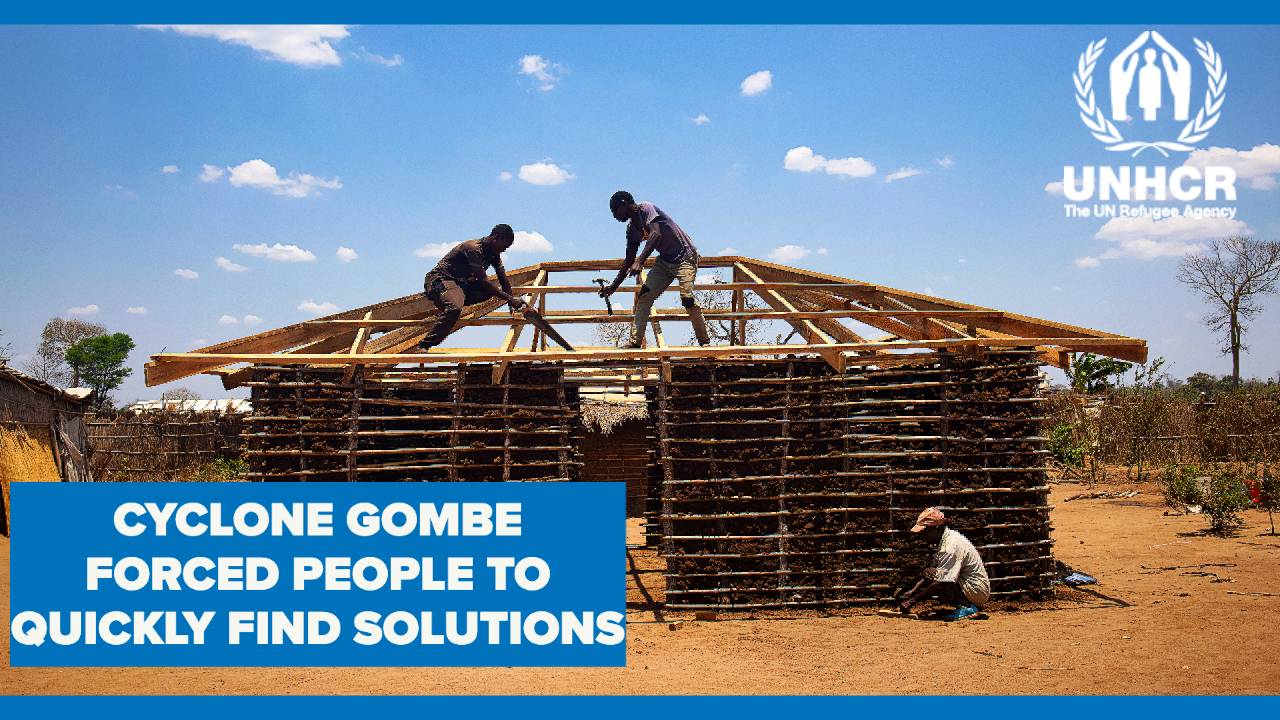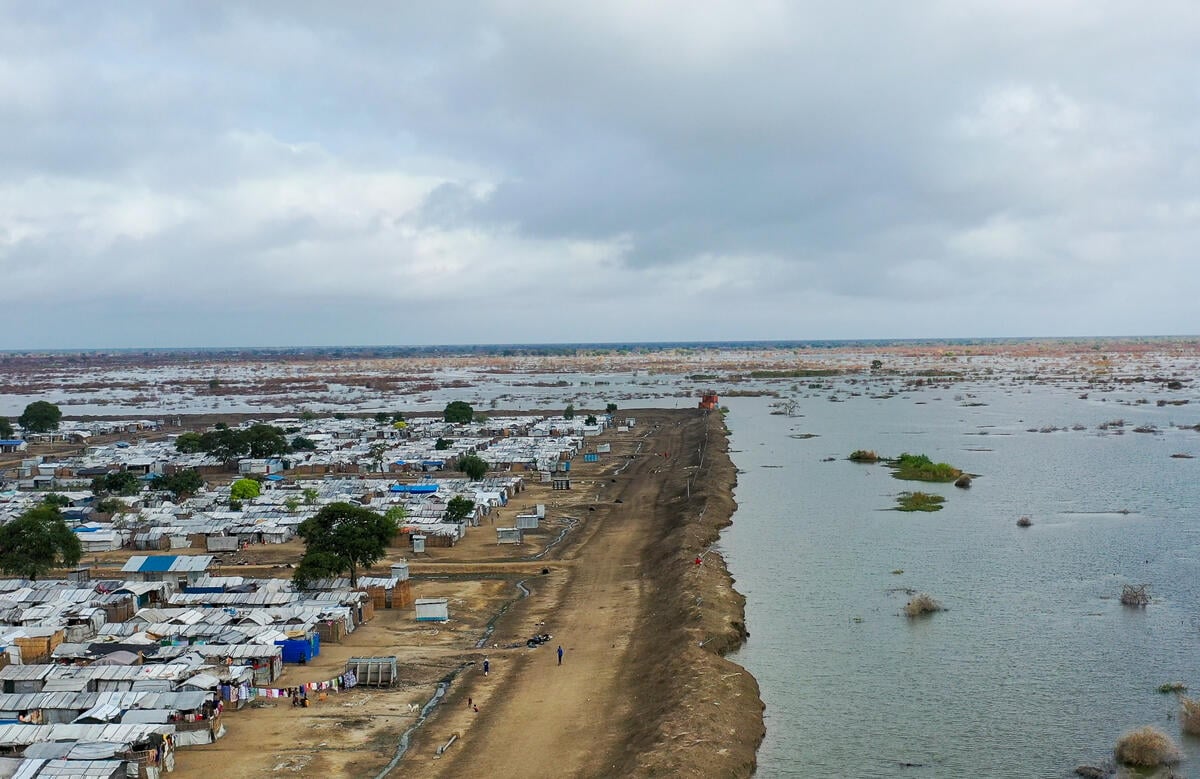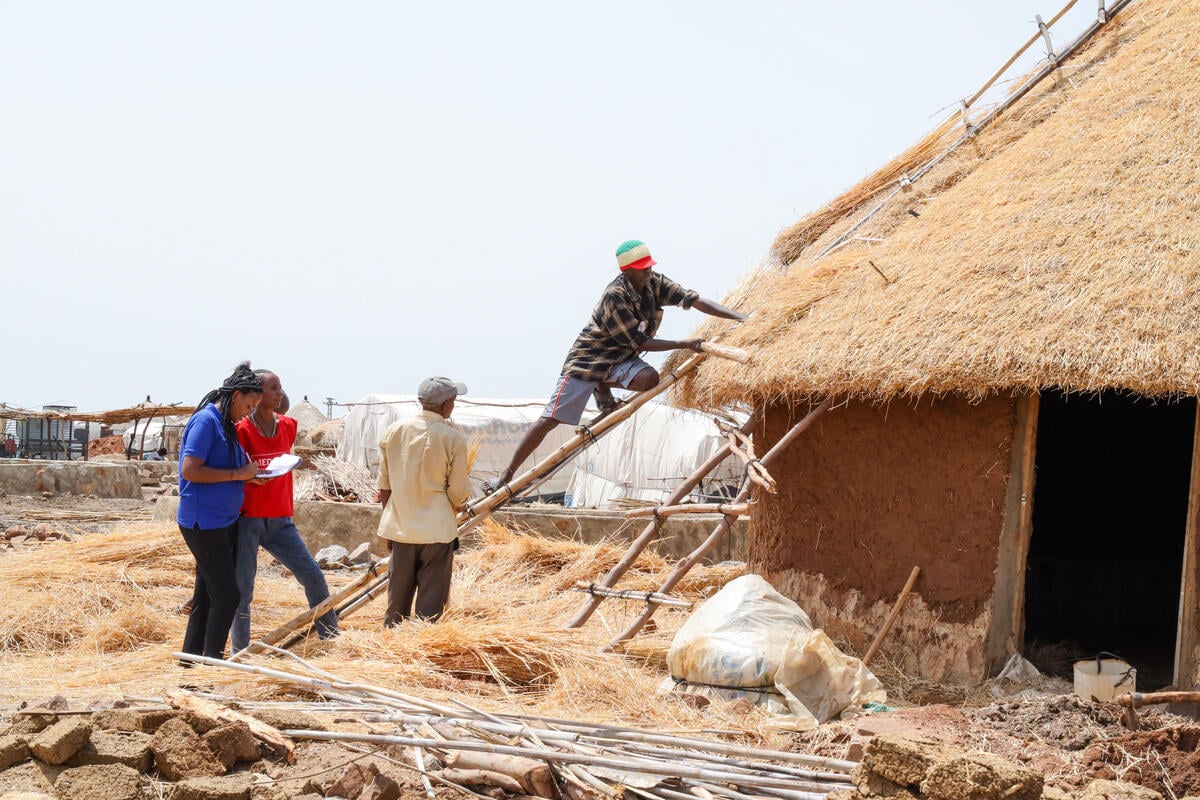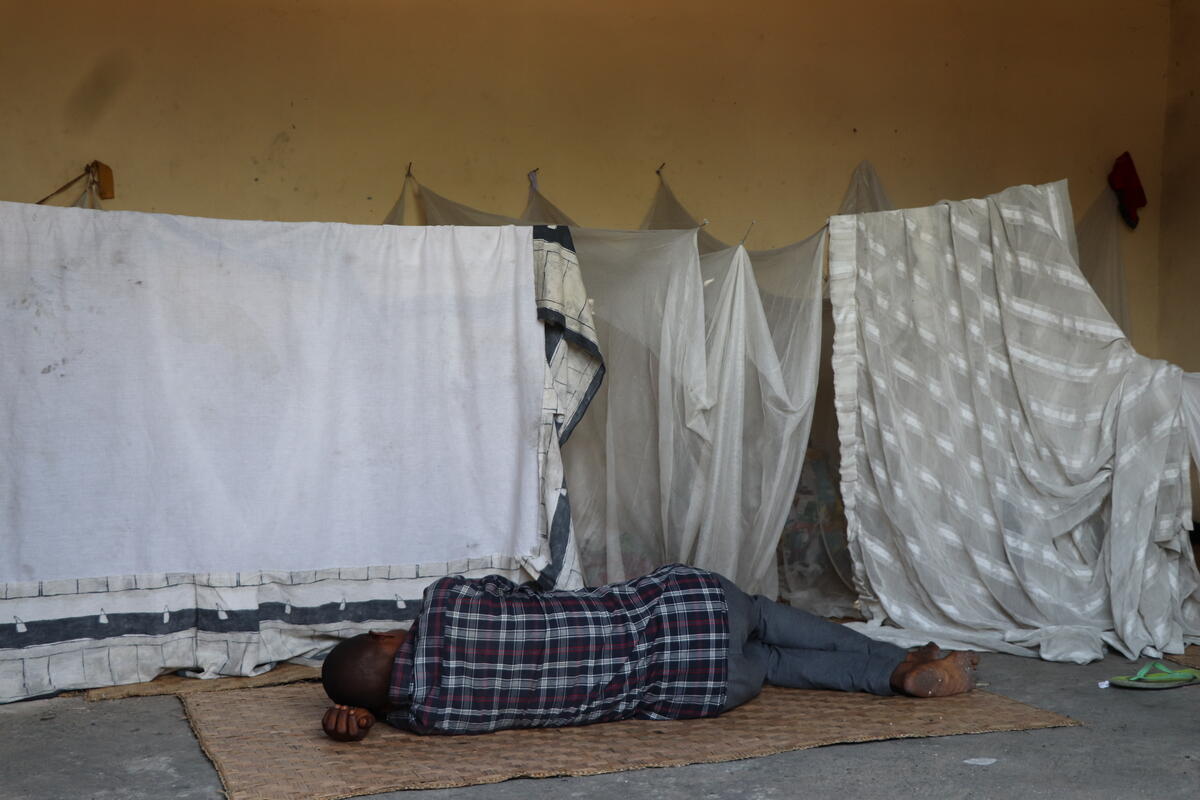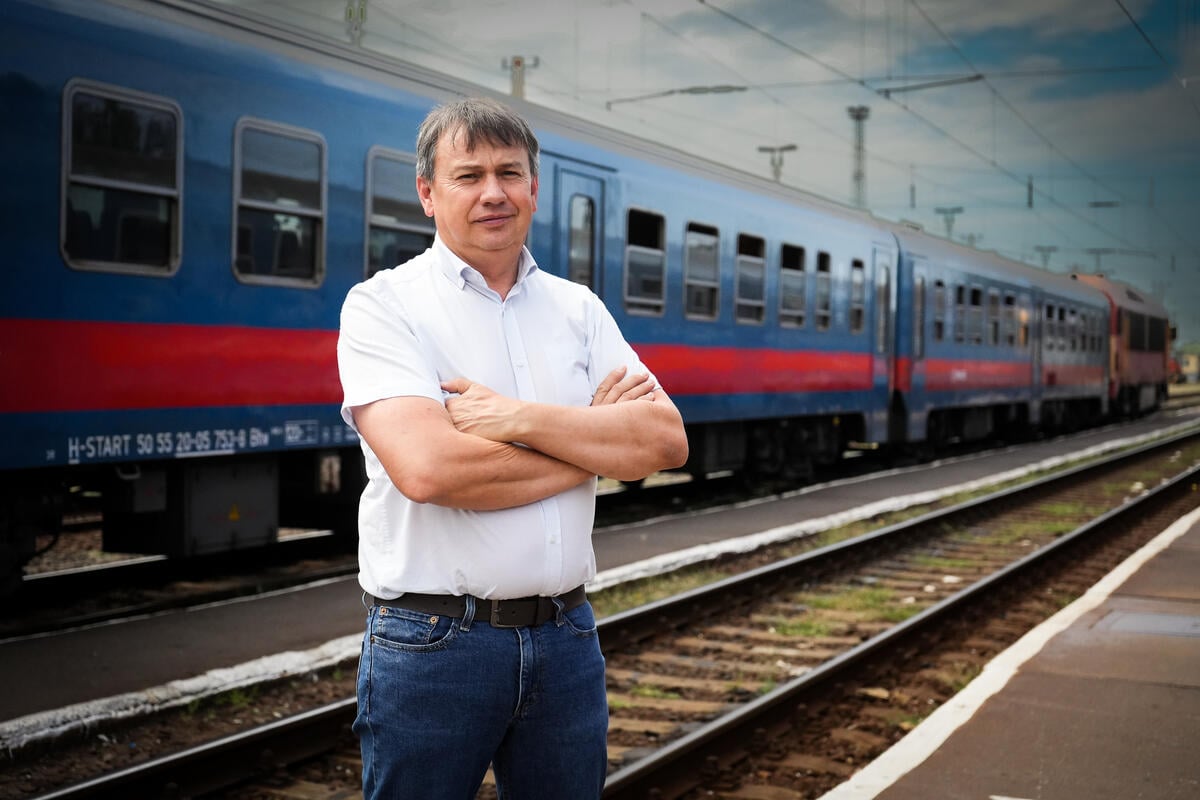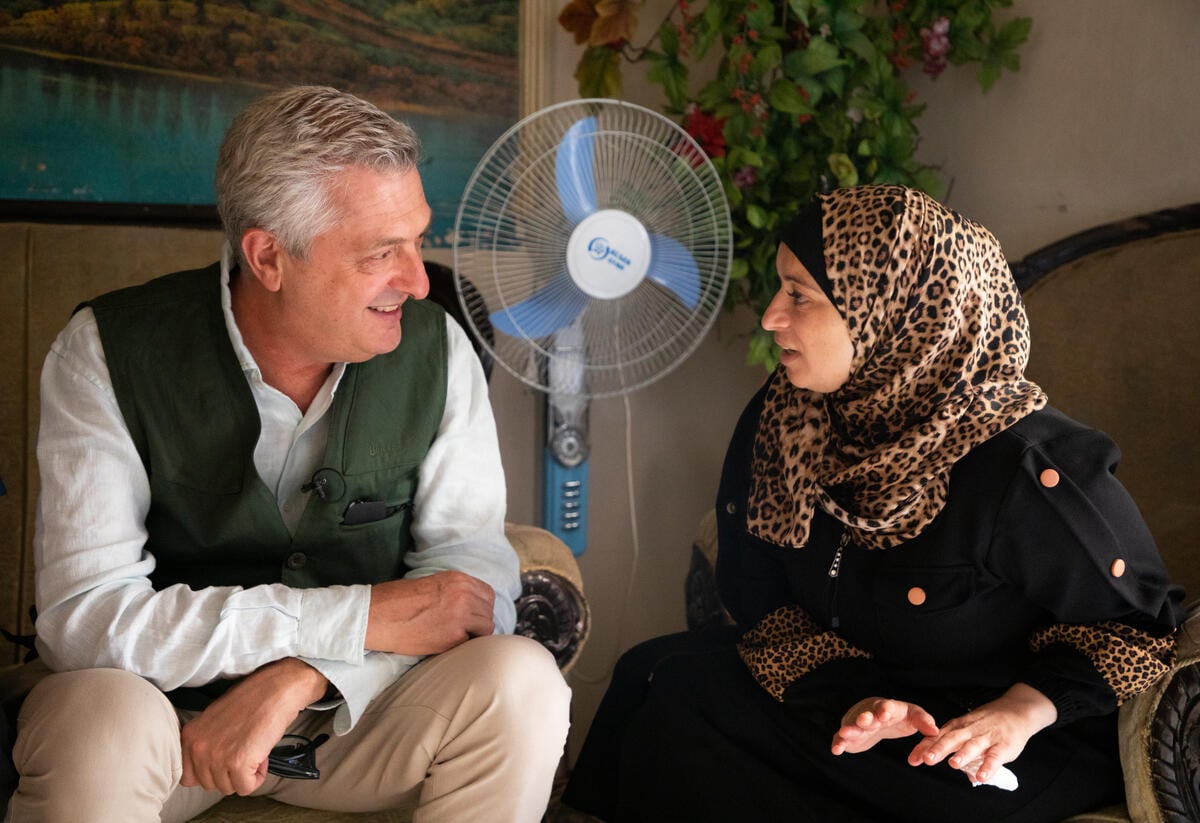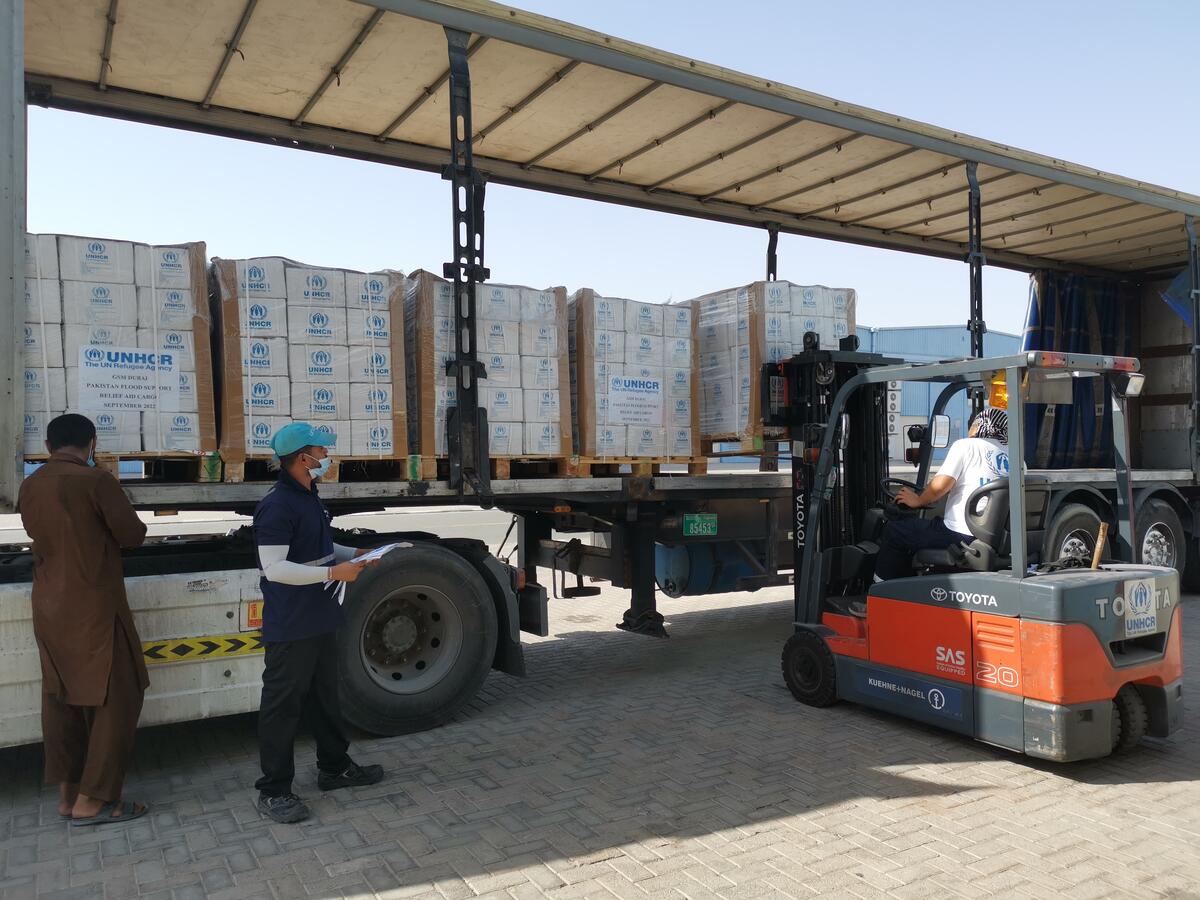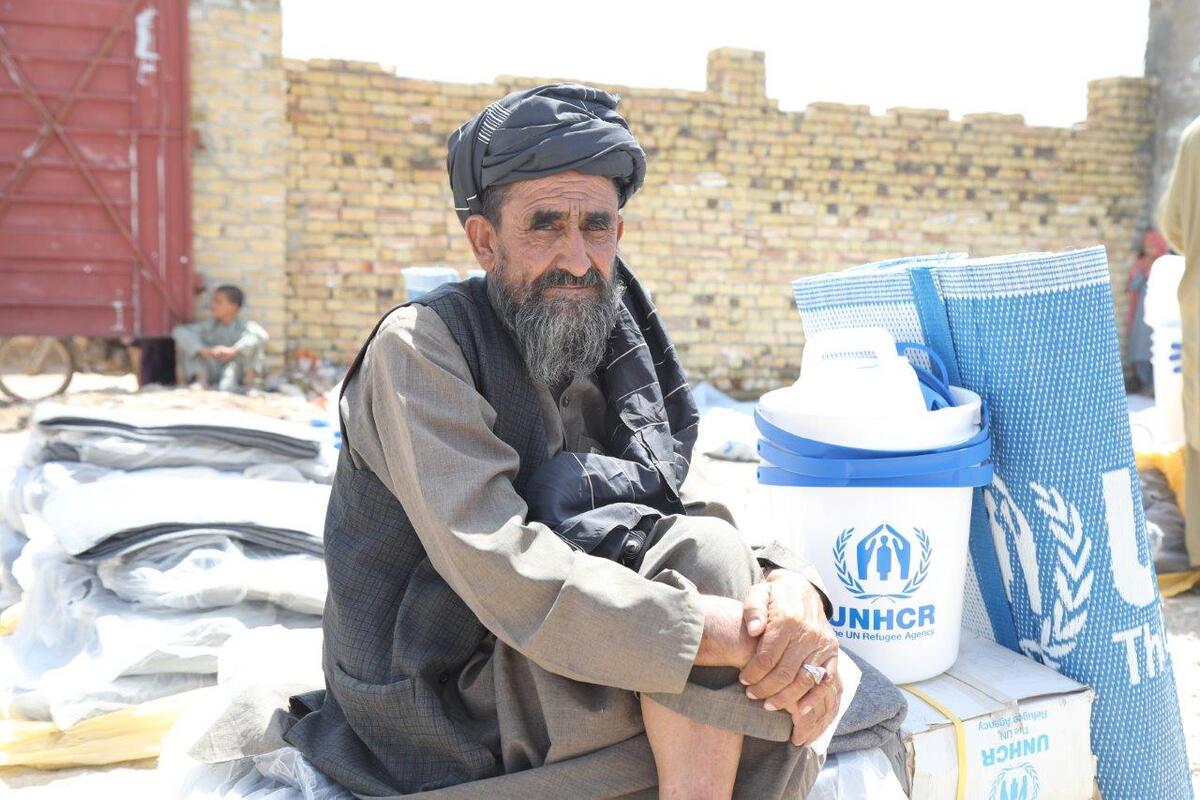UNHCR's Afghanistan shelter programme tops 200,000 homes mark
UNHCR's Afghanistan shelter programme tops 200,000 homes mark

A refugee returnee in Mazar-e-Sharif builds a new home with assistance from UNHCR.
KABUL, Afghanistan, December 14 (UNHCR) - UNHCR's shelter programme in Afghanistan reached a new milestone this week with the completion of the 200,000th home for a returnee family.
The programme, launched in 2002, has been an important element in the return and reintegration of some 4.5 million refugees over the past eight years. It has cost US$250 million but has benefitted some 1.4 million people - or around a quarter of all returnees.
"UNHCR's housing programme addresses a fundamental need for refugee families as they return to their communities and restart their lives. With a secure place to live, families are better placed to meet the challenge of reintegration after long years of exile," said Ewen Macleod, UNHCR's representative in Afghanistan.
Despite insecurity, Afghans have continued returning every year from neighbouring Pakistan and Iran, and in significant numbers. The biggest wave of returns was between 2002 and 2005, but this year has nonetheless seen return levels exceeding 112,000 people.
The prospect of a secure home is regularly cited by Afghan refugees in Iran and Pakistan as one of their primary requirements before making a decision to return. This year alone, UNHCR has helped more than 17,000 vulnerable returnee families with shelter assistance. Much of the actual work of construction is carried out by beneficiaries themselves.
The return of millions of Afghans has increased the estimated population of Afghanistan by some 20 per cent. Returnees have contributed importantly in many economic sectors, bringing skills, know-how and capital accumulated during their life in exile. But this huge population movement has also challenged the country's socio-economic absorption capacities, particularly on poor rural communities with limited resources.
For that reason, UNHCR's housing programme has focused on rural areas to which significant numbers of families have returned from both Iran and Pakistan. The bulk of the new houses are in the central region (55,614), the east (47,571) and the north and north-east (42,243).
UNHCR believes that improved security and continued social and economic development will be critical to future return and reintegration perspectives. At present, however, humanitarian conditions remain fragile.
As such, due to the continuing high incidence of poor, homeless families within the returnee population, UNHCR's housing programme will continue in 2011 at a similar level to previous years to support the sustainable reintegration of returning Afghan refugees.
By Mohammad Nader Farhad in Kabul, Afghanistan


